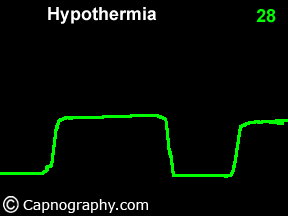normal end tidal co2 pediatric
Normal ETCO2 is 35-45 mm HG and a normal waveform is rectangular shaped. End-tidal CO 2 et CO 2 monitoring is not a new modality in the pediatric emergency department PED and emergency department.

Pdf Applications Of End Tidal Carbon Dioxide Etco2 Monitoring In Emergency Department A Narrative Review Semantic Scholar
End-tidal CO 2 Et CO2 is the standard in operative care along with pulse oximetry for ventilation assessmentIt is known to be less accurate in the infant population than in adults.
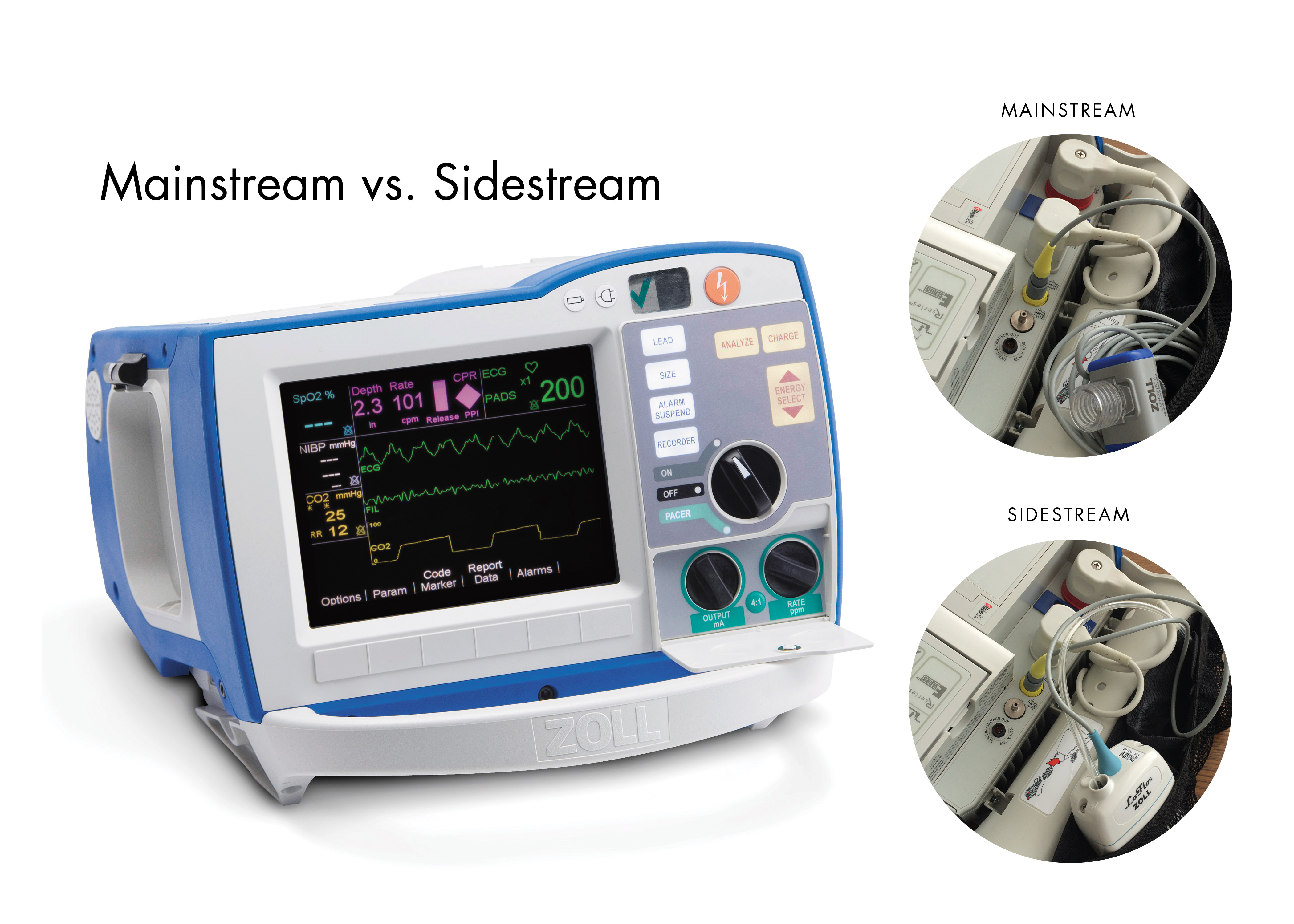
. The PaCO 2 value varied from 19 to 86 mmHg. Mean ETCO2 20 mmHg during pediatric in-hospital CPR was not associated with survival to hospital discharge and ETCO2 was not different in survivors versus non-survivors. If leak present around ET tube set initial tidal volume to 10-12mlkg.
To determine the utility of a disposable colorimetric end-tidal CO2 detector during pediatric cardiopulmonary resuscitation CPR for 1 confirming endotracheal. In modes that use expiratory tidal volume the default is typically 45 mLkg ie in neonatal settings 4 whereas it is typically 68 mgkg that use the inspiratory tidal volume. Capnographs capnometers end-tidal CO2 monitors.
To identify the role of end-tidal carbon dioxide EtCO2 monitoring during polysomnography in evaluation of children with obstructive. For a person with normal lungs the difference between end tidal and Paco2 can vary between 5-8mmHg depending on the book your reading. End-tidal carbon dioxide monitoring or capnography End-tidal carbon dioxide EtCO 2 monitoring is an attractive method as it is non-invasive portable and relatively inexpensive.
The mean disposition EtCO 2 value was 333 mm. Achieve end-tidal carbon dioxide ETCO220mmHg. Also called capnometry or capnography this.
End-tidal CO2 monitoring is an exciting non-invasive technology that is more commonly used in the emergency department intensive care unit and in the prehospital setting. Listed in this appendix are pediatric normal ranges for some of the more common hematology and chemistry tests along with the references from which they were obtained. Woodham and Railton for their comments on our work dealing with negative PaCO 2 ETCO 2 differences as reported with sidestream carbon dioxide monitoring during paediatric general anaesthesia 1We separately analysed the influence of age on the extent and incidence of negative PaCO 2 ETCO 2 differences.
So the short answer is you are. It is known to be less accurate in the infant. In patients with normal pulmonary function CO 2 normally 35 to 45 mm Hg and ETco 2 should correlate closely with a deviation of about 2 to 5 mm Hg.
It is the standard of care during certain procedures such as. End-tidal CO 2 Et CO2 is the standard in operative care along with pulse oximetry for ventilation assessment. End-tidal carbon dioxide during pediatric in-hospital cardiopulmonary resuscitation.
Tidal Volume - 8-10mlkg with a goal to get to 6-8mlkg. The mean initial EtCO 2 value was 35 mm Hg 95 confidence interval 343 to 361 mm Hg. We would like to thank to Drs.
18 Nuzzo PF Anton WR. These values are consistent across all age groups. End tidal CO 2 ETCO 2 is a type of non-invasive monitoring of carbon dioxide levels in ventilated neonates 1It provides a constant surveillance of expired CO 2 in ventilated infants.
Under normal respiratory. Its main use has. Prior to the reading the monitor was left in place for approximately 5 minutes at which time an arterial blood gas value was obtained.
We prospectively evaluated whether ETCO2 20mmHg during CPR was associated with survival to hospital discharge. One hundred children were enrolled. These lung-protective strategies recruit atelactetic areas while.
End-tidal carbon dioxide ETco 2 monitoring provides valuable information about CO 2 production and clearance ventilation. Pediatric Emergency Care 19939244-6.

Pdf Capnography In The Pediatric Emergency Department Clinical Applications Semantic Scholar

Continuous Capnography In Pediatric Intensive Care Semantic Scholar
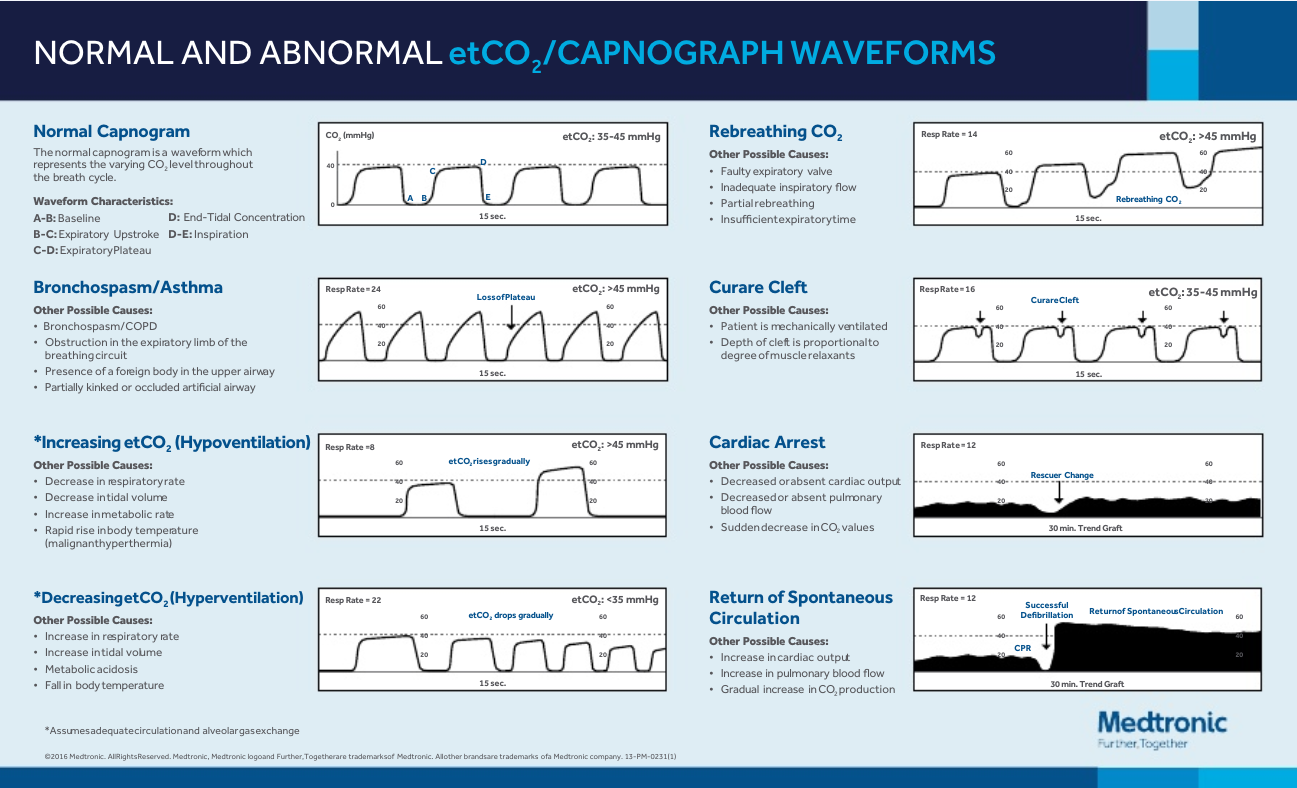
Normal And Abnormal Capnography Waveforms Infographic Capnoacademy Capnoacademy
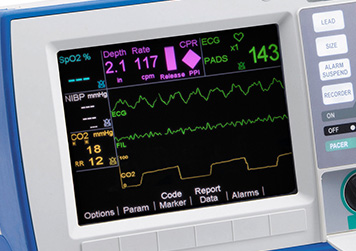
R Series End Tidal Carbon Dioxide Etco2 Zoll Medical

Basic Waveform Capnography As A Continuous Monitoring Tool During Mechanical Ventilation

Learn More With This Respiratory Article By Melissa Marshall

Ems Assessment And Treatment Of Asthma 5 Things To Know Capnoacademy Capnoacademy

Learn More With This Respiratory Article By Melissa Marshall

Figure 4 From Capnography In The Pediatric Emergency Department Clinical Applications Semantic Scholar

Pdf Capnography In Pediatric Critical Care Unit And Correlation Of End Tidal And Arterial Carbon Dioxide In Ventilated Children

Learn More With This Respiratory Article By Melissa Marshall
5 Medical Conditions Where Capnography Can Affect Bls Care Capnoacademy Capnoacademy

Learn More With This Respiratory Article By Melissa Marshall

R Series End Tidal Carbon Dioxide Etco2 Zoll Medical

Capnography For Kids 5 Applications For Ems Providers To Consider

The Exciting Future Of Pediatric Capnography Bound Tree
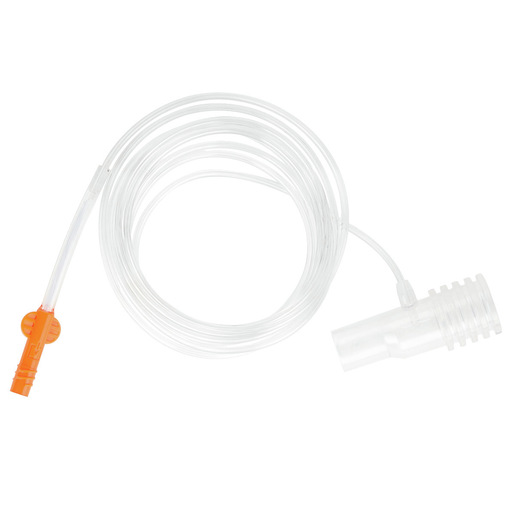
The Exciting Future Of Pediatric Capnography Bound Tree
Capno 101 How Does Capnography Work Capnoacademy Capnoacademy
